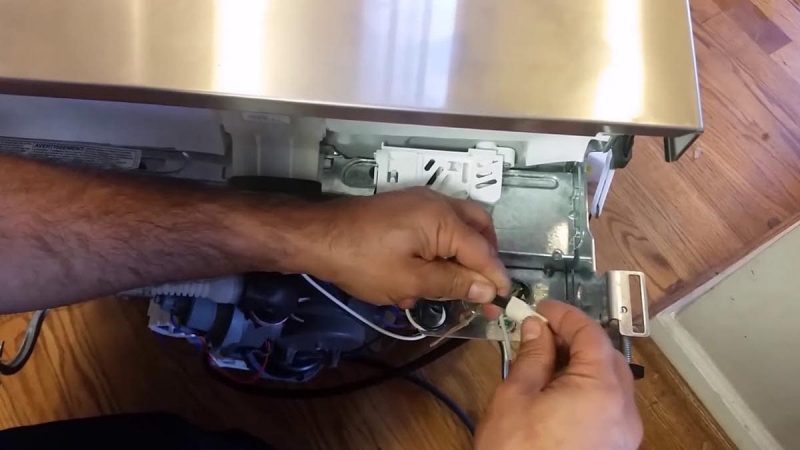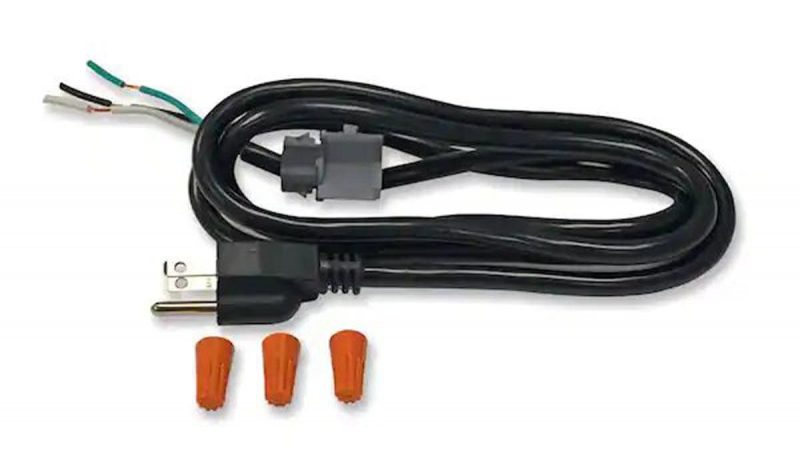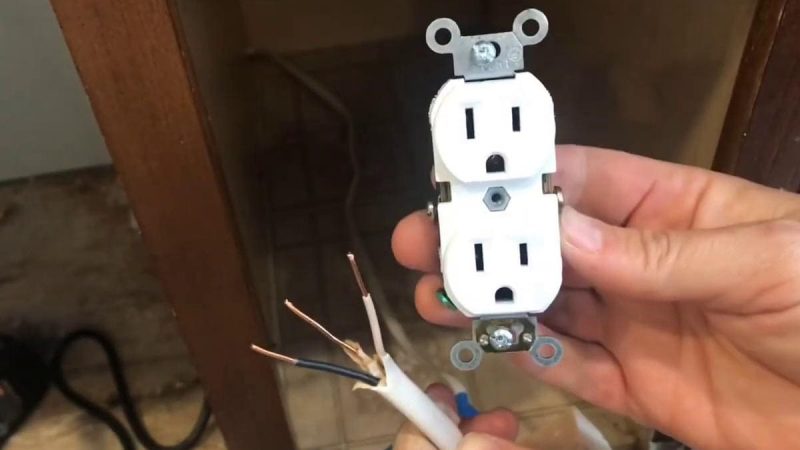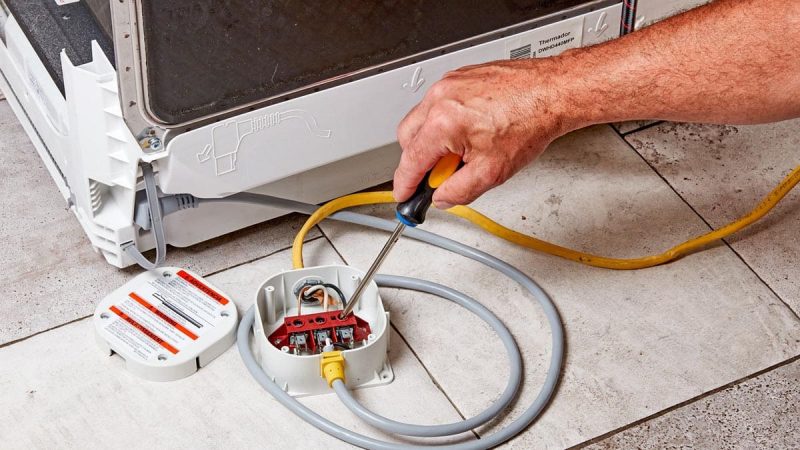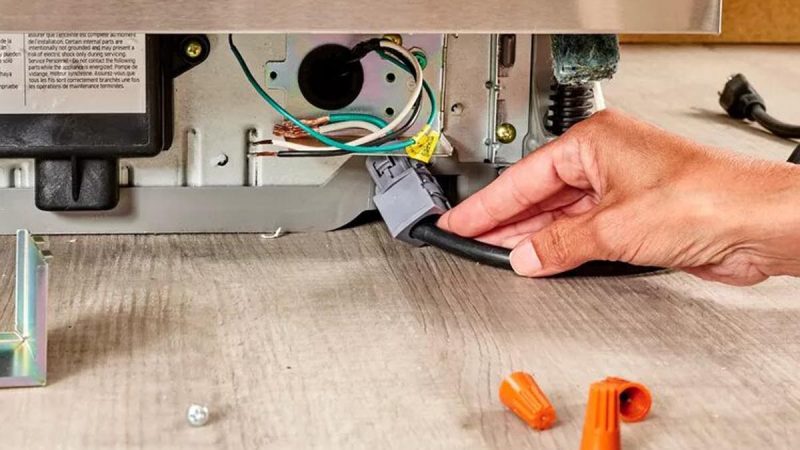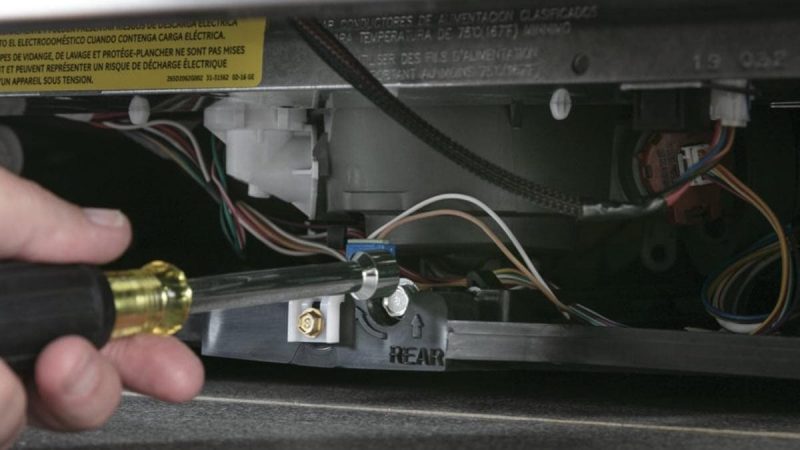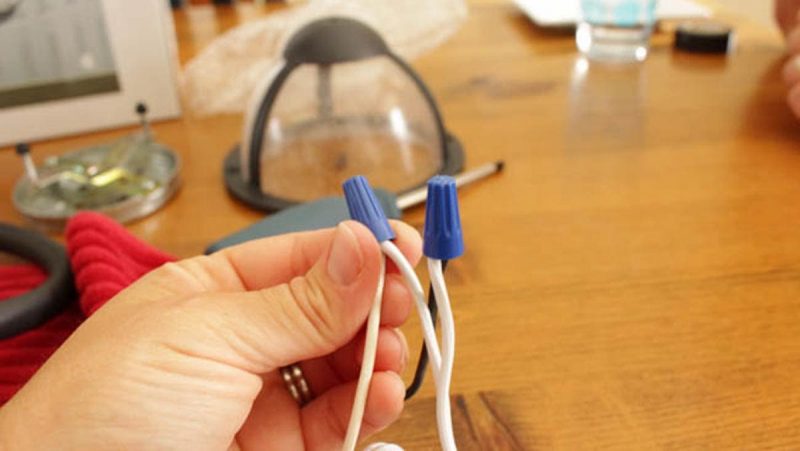Most often, a traditional dishwasher is directly connected directly to the general electrical system of a residential building. This frequently used approach has numerous undoubted advantages, but it also has a number of certain disadvantages.
In fact, not all units of this purpose are designed according to this type. There are household appliances that are immediately supplied with an electrical cord and plug. In addition, they are equipped with three contacts. They are very easy to connect to a conventional wall outlet in any kitchen.
Some owners of such devices convert them into plug-in models by purchasing the appropriate kit for their power supply.
An alternative to wire technology
Some dishwashers are initially sold immediately with the possibility of a wired connection. Others are offered in a general kit with a cord and a plug designed to plug into a wall outlet.
These units, which are necessary in any household, differ significantly in relation to the power supply of a house or apartment. Their source varies, so people purchase the home appliances and related accessories they need according to their preference.
There are devices for sale with a connection to a wall outlet, as are most other kitchen appliances.
You need to consider the features of the electrical wiring of the dishwasher, depending on the relevant requirements of each particular city or country. There are regulations that oblige owners of units to connect some models to a dedicated circuit that goes directly to the electrical panel of the house.
Other varieties are allowed to be used with an additional wall socket module.
Electrical regulations must be followed to avoid significant fines and to ensure that the home is completely safe. Therefore, it is better to immediately turn to a professional master who is thoroughly versed in such matters. He will give the most important recommendations for connecting the dishwasher.
The essence of wired units
Household appliances of this type are connected directly to the general electrical network of a house or apartment without using a plug and do not depend on an outlet. The wiring connects their backside directly to the main panel, where it is turned on and off by means of a special circuit breaker. This installation option has its advantages and disadvantages.
Benefits of Wired Devices
The main advantages of connecting such models to the electrical network of the house are:
- Hygiene and cleanliness. When connected via wires, the installation of equipment is carried out more accurately.
- The dishwasher needs fewer cords and does not require special tanks.
- The wires of its electrical supply go into the wall, connecting to the circuit breaker and the main electrical box.
- The machine does not depend on the presence of an outlet, so its wiring is more simple in its structure. This feature is very relevant for new buildings, because there is no need to install wiring specifically for the newly purchased unit.
- The appliance plugs directly into the main electrical box, eliminating the need for additional cords and ensuring a clean connection overall.
Disadvantages of Wired Devices
The main disadvantages of the hard connection of these models should be considered the following circumstances.
The owner of the equipment will have to contact a professional electrician, since its installation is very difficult. Usually, the services of a qualified craftsman are very expensive, and the work will take a lot of time. Some owners of dishwashers, if they have special education and skills, are able to connect on their own. But still, they will have to put aside all their affairs and be aware in advance that they will have to deal with all the wiring at home.
The connection will be placed away from the machine. Therefore, when you need to disconnect it from the power supply, you will have to resort to the main shield. Such a task is not too simple and is related to its location, because the unit will be located elsewhere. Such difficulties will not be very desirable when troubleshooting the operation of a household appliance, which at this time will have to be constantly turned on and off.
Device placement will be final because these models only work that way. Therefore, when you have to remove them for repair or replacement, you will have to call an electrician. Very few people can do such a vast amount of complex technical work on their own.
Features of plug-in models
This type of appliance is usually equipped with a cord and plug designed for an electrical outlet. It receives all the power required for them from it and can be connected and switched off to it as needed.
This connection option also has its own advantages and disadvantages, which should be discussed in more detail.
Benefits of plug-in dishwashers
The main advantages of the daily use of such units are as follows.
They can be turned on and off very quickly, so any household appliances of this type will not cause much trouble to their owners. Immediately after delivery, they are connected to a kitchen outlet and start working.
They are easy to turn on and off again. This functionality can be very important when repairing or replacing a new model without having to go to the main electrical panel.
The owner himself is able to replace, move or remove the equipment without any special difficulties. Then he will not have to pay a decent amount for the services of an electrician, because he can pull the plug out of the socket on his own.
Equally important, when buying a new dishwasher, it will be easy to install it in place of the old one. The unit will just need to be delivered from the store and plugged back into the outlet.
Disadvantages of connected household appliances
Naturally, this type of device has its own disadvantages.
To connect to the electrical network, they require a wall or any other outlet. Therefore, the kitchen must have an appropriate opportunity for powering appliances. Most houses are already equipped with them. But in new buildings or when transforming a home, you will have to call the master, who will check the availability of appropriate funds for the operation of the dishwasher.
Each country and city has specific wall outlet regulations that must be followed. In addition, electrical codes often determine its localization for servicing the unit.
The socket should be located near the appliance, and not immediately behind it. Then it will be easy to provide access to the plug to disconnect it without having to move the equipment and find the plug by touch.
In this case, the location of the dishwasher is limited by the length of the electrical wire. Therefore, the optimal location for it is selected taking into account the installation of a wall socket near the unit itself, taking into account local and national regulations.
Self-conversion of a wired household appliance into a plug-in with a socket
There is a great efficient way to quickly convert a wired model in order to use a plug and a power outlet in the future. This is important if the house has wired appliances that you would like to convert into a kitchen wall outlet.
Then the overall modernization process should consist of three main actions, which include the following sequential steps.
- It is required to prepare the outlet in advance. Some houses are already equipped with facilities for connecting a dishwasher. If they are not observed or the house is in the process of reorganization, then you will have to equip it. It is important not to forget that the location of the outlet must comply with the primary electrical rules. In addition, it should be located in close proximity to the unit, so that it is easy to get it.
- It is also necessary to prepare a dedicated circuit with wiring in advance. Household appliances of this type are very powerful and function for a long period of time. Therefore, the socket for their connection must be on a special circuit with wiring that can withstand intensive use. It is also very important to ensure that there is no risk of overheating the wires or tripping the circuit breakers.
- You need to connect the cord and plug to convert the electrical power system of the new device connection option. To achieve the goal, you need to provide access to the electrical box and connect it to an extension cord with a plug. Universal kits are available for sale, which include a high-quality wire that connects to a three-prong plug. It should simply be plugged into an existing outlet. Therefore, the owner of the equipment only needs to purchase such a kit and connect it to the electrical box of the dishwasher.
After correctly and accurately performing all the above steps, the wired unit will immediately turn into an exceptionally convenient plug-in device.

